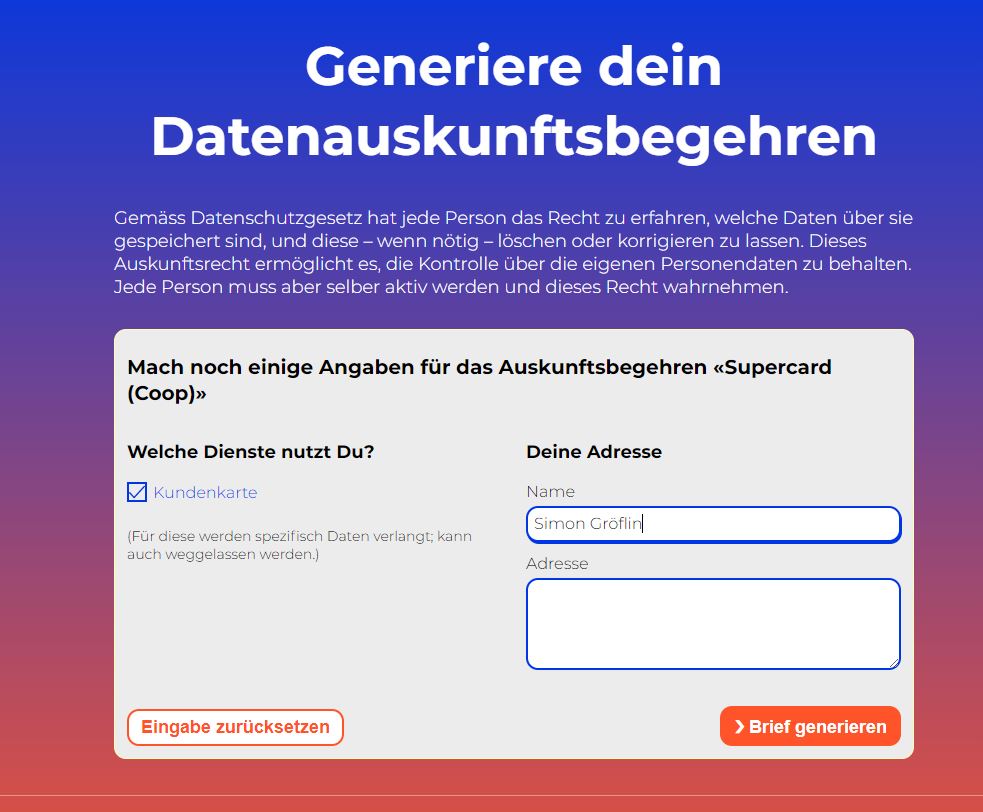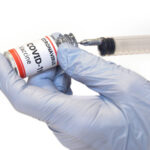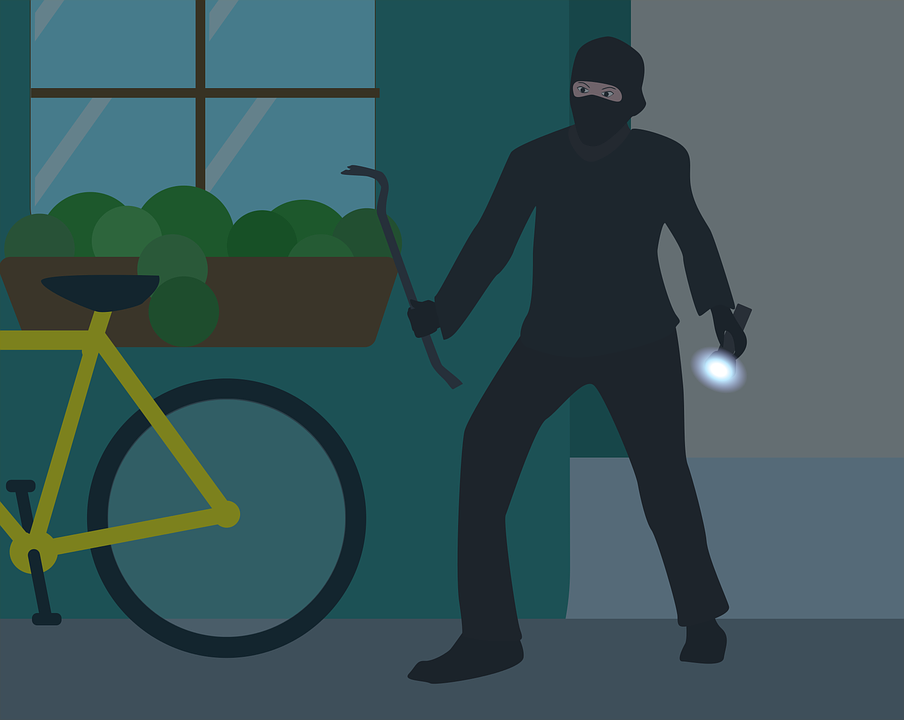New CEO at Eizo Switzerland
Walter Briccos, the CEO of Eizo Switzerland, is retiring from the business of Eizo Switzerland after 43 professional years. He is succeeded at the helm of the Swiss subsidiary by Martin Kofler.

Walter Briccos (left in picture) hands over to Martin Kofler (right in picture) after 34 years in the business.
Walter Briccos, the CEO of Eizo Switzerland, retires from professional life at the age of 61. Martin Kofler will follow in his footsteps. His professional career includes six years at Bang & Olufsen, where he was Country Manager Switzerland. He also held various management positions at Sharp, Ricoh and Lexmark.
"The two very intensive years at Eizo AG were an exciting, challenging and also enjoyable time for me, during which we achieved a lot as a team," the outgoing Walter Briccos is quoted as saying. But now the "ideal time" has come for him to retire.
His successor will start on June 1 and will take over as CEO and member of the Board of Directors of Eizo AG Switzerland from August 1, 2021.
Source: Eizo Switzerland

















